Climbing or riding uphill is a very important cycling skill whether you’re in a race, commuting, or just casually enjoying a weekend ride. You can also think of climbing as a talent that some of us were born with. These riders are naturally lightweight and have the right body type that allows them to climb almost effortlessly. But what about some of us who are not as gifted as Alberto Contador, Egan Bernal, or any of your cycling buddies who can climb exceptionally? Well, here are some tips that could help you reach new heights when climbing on a bike, especially if you are not a climber like me.
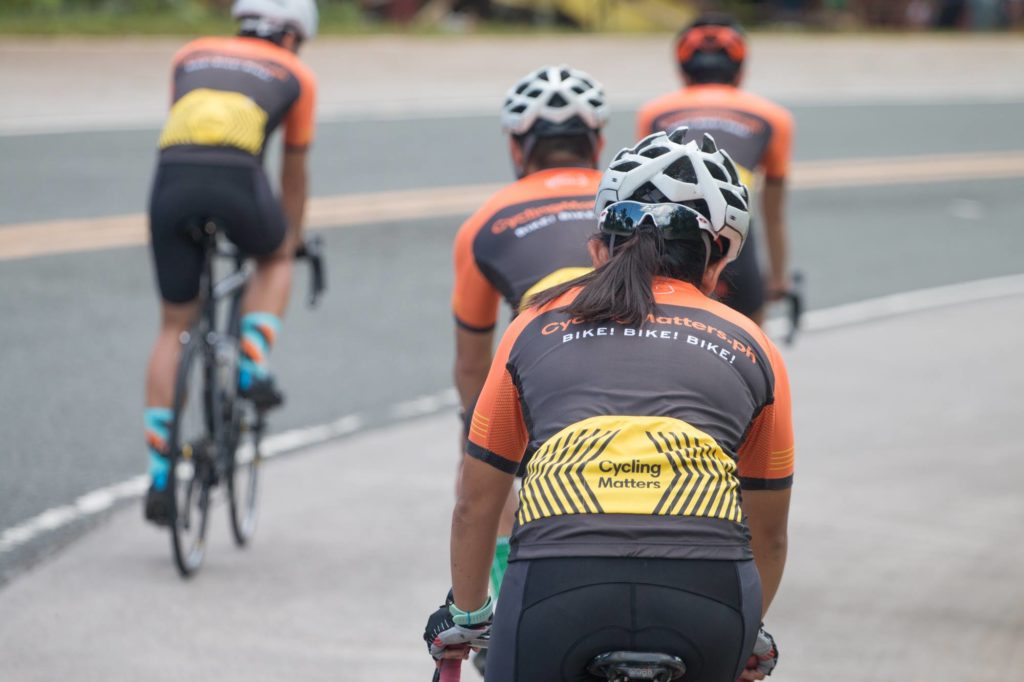
1. Be Efficient
The first and most vital component of climbing is efficiency – it is all about striking the right balance between power, speed, endurance, and perhaps grit. To do this, you need to find your perfect pace which depends on your cycling skill or fitness level. You don’t want to expend too much energy and prematurely run out of steam while still on the way to the peak of a hill. Here’s a useful tip to avoid running out of fuel on a climb: rest and allow yourself to recover on the easier sections, flats, and downhill segments of a climb by pedaling with less effort, regulating your breathing, and rehydrating.
Perfect pacing can also be achieved by choosing the right gearing, being familiar your sweet spot in terms of rpm or cadence, and knowing when to ride in or out of the saddle. Usually, it’s best to choose lighter gears when climbing especially if your goal is just to survive the climb. As much as possible, you would want to preserve your climbing muscles (mostly slow-twitch muscle fibers) so that you can climb longer. Although at times, you also need to rest these muscles by riding out of the saddle to stretch a bit or when you’re about to climb a steep section on a climb. Generally, avoid sprinting uphill unless you’re in a race or attempting a Strava KOM.
Pacing could also mean not giving in to peer pressure, especially if you’re riding uphill with a natural climber. There is (usually) no shame in getting dropped on a climb especially when the overall goal is just to get to the top safe and sound, alive and still spinning. Just remember, go at your pace, and as long as you’re moving, you’ll eventually get there.
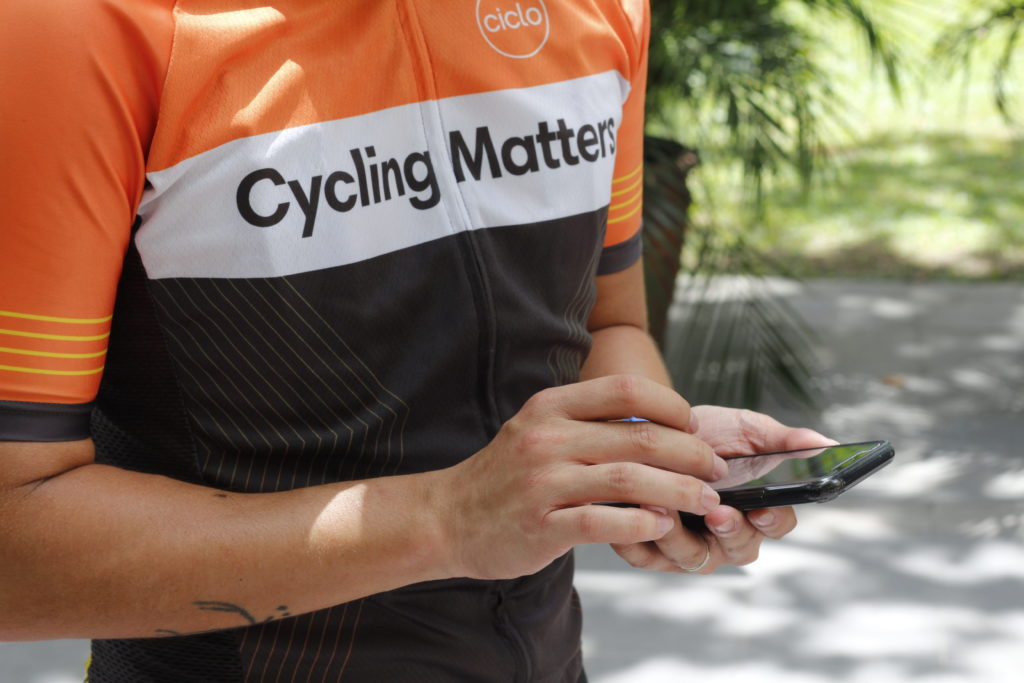
2. Know Your Route
Being efficient is also anchored on how well you know your route. Being familiar with your bike route means knowing the distance, elevation gain, gradient, and road quality. This could help you plan your pace, comfort breaks, and perhaps the whole duration of the ride (i.e., moving time) especially if it’s your first time riding the route. One way to familiarize yourself with the route that you haven’t ridden before is plotting it on services like Google Maps, bikemap, or Strava.
A more effective way to better know your route is to ride it often. By doing this, you passively memorize the roads, landmarks, the overall profile of the route (i.e., which parts are steep or flat), and even the smallest details such as potholes and signs that you possibly never noticed before. Being extra familiar with the route helps you pace more effectively and lets you feel more comfortable when it comes to safety and security as well. If you’re a bit competitive, practicing on your routes allows you to identify when and where you should “attack,” ride in or out of the saddle, or when you should just spin-to-win.
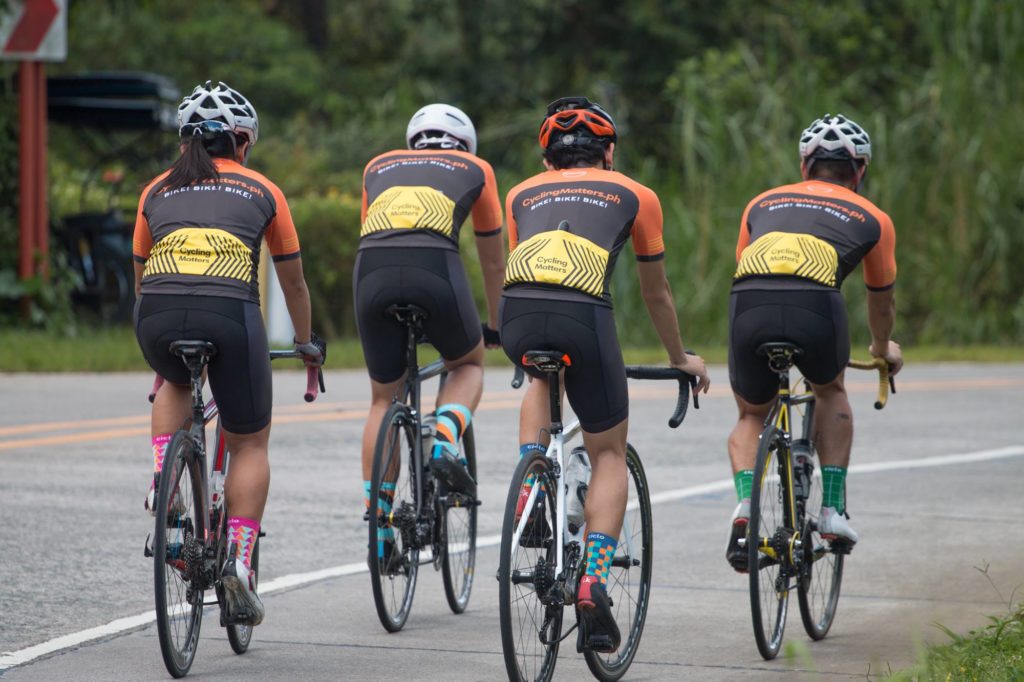
3. Practice
More than practicing your routes, you should also practice riding uphill in general. This is where your training comes into play. Your main goal should be to make your weakness your strength. To become a better climber, you need to put in the effort to improve two fundamental things – climbing muscles and self-efficacy or your confidence in your cycling skills.
Conditioning your climbing muscles can be quite difficult. You don’t develop strong quads, hamstrings, and calves overnight. However, developing your leg muscles is also straightforward. All you have to do is keep using them by climbing more or engage in leg workouts such as lunges and squats. You can also enroll in indoor cycling or spinning classes in studios and gyms to keep your legs active. By engaging in active workouts, you also get to train and improve the other parts of your body that you need for climbing such as your back, core, heart, and lungs (i.e., aerobic capacity).
Building your confidence can also be done through practice. Pro tip: use a heart rate monitor, Strava, or other GPS ride trackers and fitness apps such as Fitbit to monitor the amount of effort you put in to climb particular distances and elevation gain. By doing this, you become more aware of your fitness level, climbing abilities, and your growth as a cyclist.
4. Lose Excess Weight
Climbing is largely about the power to weight ratio. Simply put: you are basically riding against gravity on climbs and the heavier you are, the more effort is required to carry the weight. This is basically why lighter bike components are considered climbing-specific and also why weight weenies exist. But even if you don’t have the financial capacity to purchase ultralight carbon fiber or titanium components, there are still ways to reduce your overall weight on the bike. Some of the things you can get rid of are: extra bike bags,, mudguards, or maybe that second water bottle and bottle cage.
You might also want to get rid of excess body weight. Unlike replacing bike components with lighter alternatives, reducing body weight through exercise and proper diet is free! By doing this, you do not only become faster and more efficient on the climbs, but you would also enjoy a healthier lifestyle. Safety reminder: this doesn’t mean starving yourself, or completely laying off carbs. In fact, you should be more careful with your eating habits and the way you choose your nutrition (i.e., good carbs vs bad carbs, varied protein sources, etc.). If you engage in active workouts without sufficient fuel from healthy foods, you could end up damaging your muscles which could have grave long-term consequences.
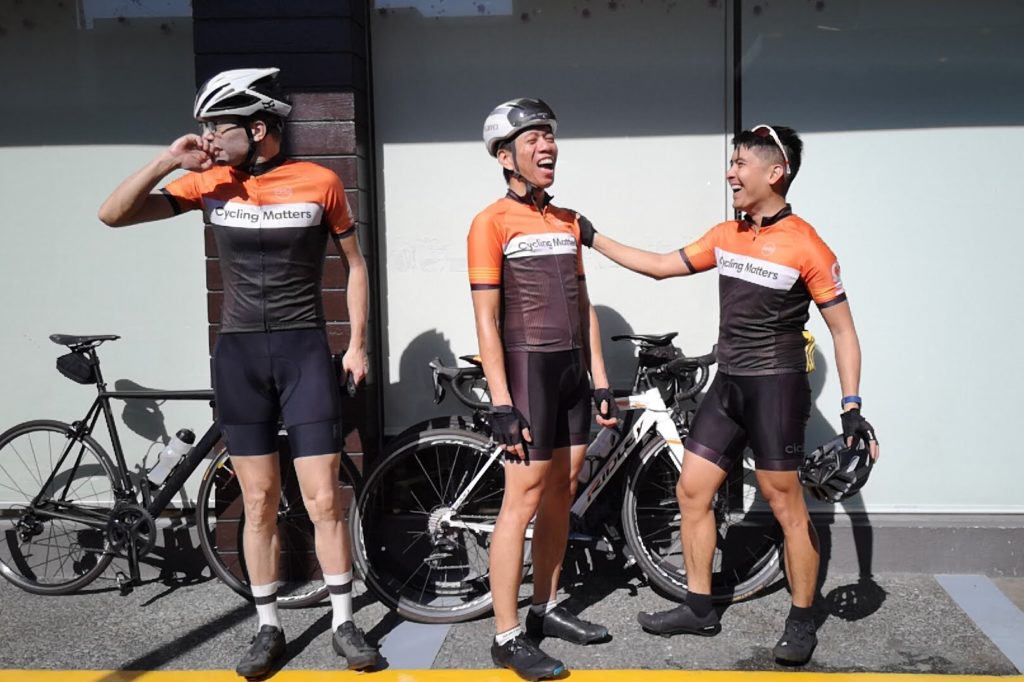
5. Enjoy
Having fun on the climbs can sound like pure nonsense especially for some of us non-climbers. However, there are still ways to enjoy and appreciate climbing mountains on your trusty bike. For example, make sure you are comfortable on the saddle by checking your bike fit. Another way to enjoy climbing is by keeping yourself fueled by consuming energy gels, bars, or snacks. You could also explore food stores or tindahan along the way to help maintain energy until your reach your destination.
Your destination and route choices could also help you enjoy the climb. For starters, choose the routes that lead you to destinations with beautiful sceneries at the top and let that serve as your reward for putting in the effort on the climb. If you have no idea where to go, you can start with our favorite cycling destinations in Rizal.
Inviting friends to ride with you on the climb could also make your ride more enjoyable, especially if these friends ride at your pace. Having somebody to talk to and suffer with can distract you from the actual suffering especially if you’re deeply engaged in kwentuhan with your buddies. However, you need to be more cautious with your breathing since talking could affect the way you breathe. Remember that your breathing pattern plays a crucial role in pacing, especially on a climb. At times, it could be better to just stay quiet, regulate breathing, and focus on your cadence.
Finally, appreciate your effort by tracking your cycling stats (i.e., elevation gain, moving time) and celebrating your achievements by taking a selfie with your bike, doing a celebratory dance, eating your snacks while cherishing the view, or simply, by just giving yourself a pat on the back. Nothing is more enjoyable than knowing that you’ve achieved something awesome through pure effort and determination. You might not feel it, but appreciating and celebrating yourself empowers and encourages you to strive to become a better cyclist whether you’re on a climb, in a race, a weekend ride, or commuting.

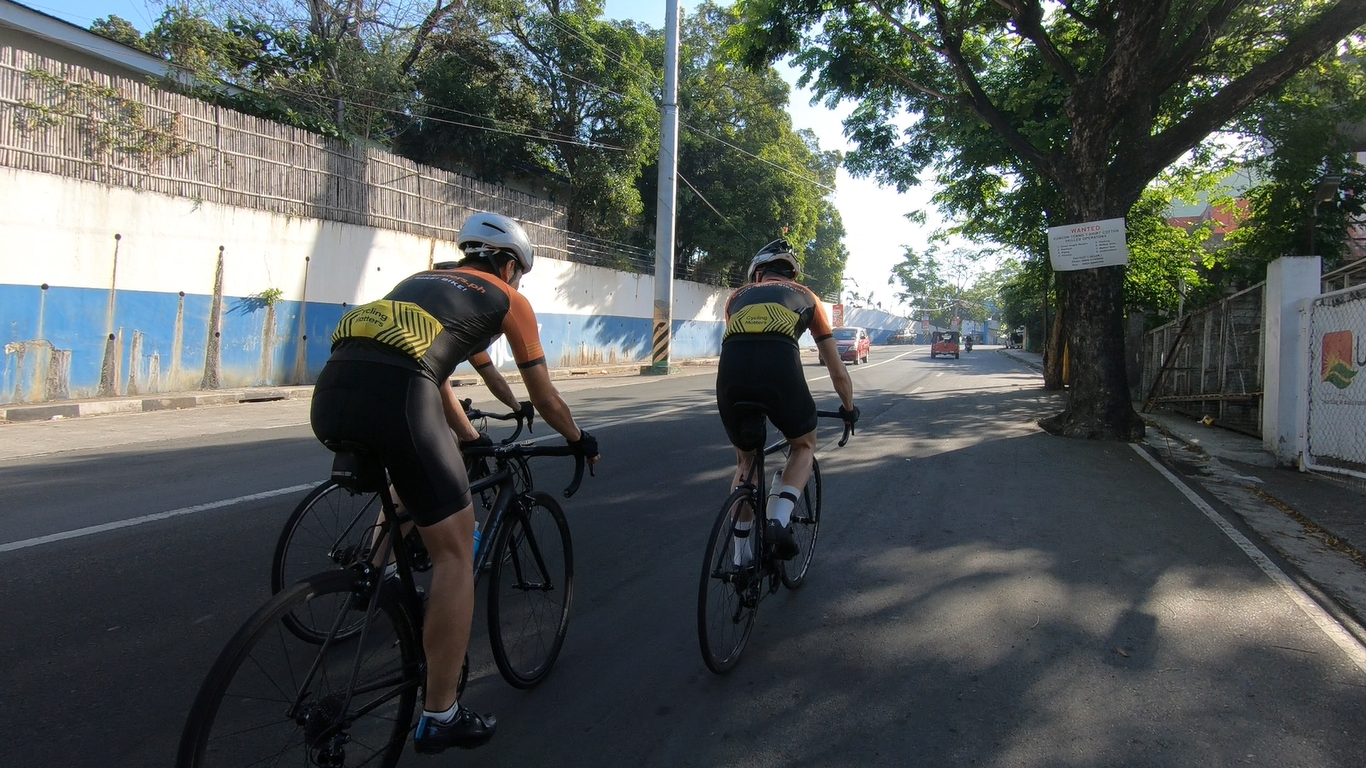
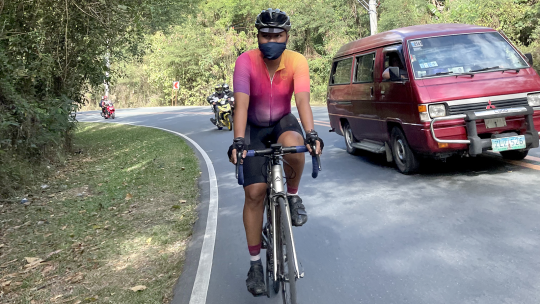


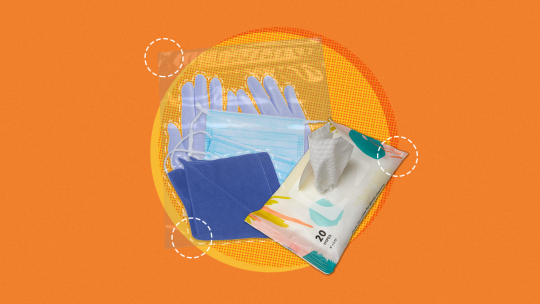
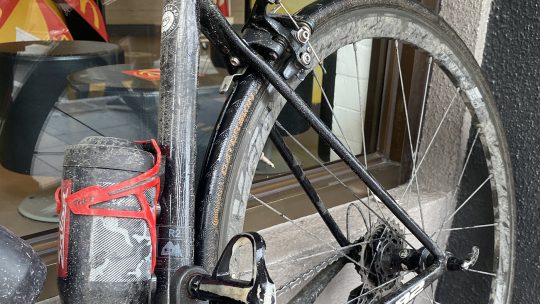
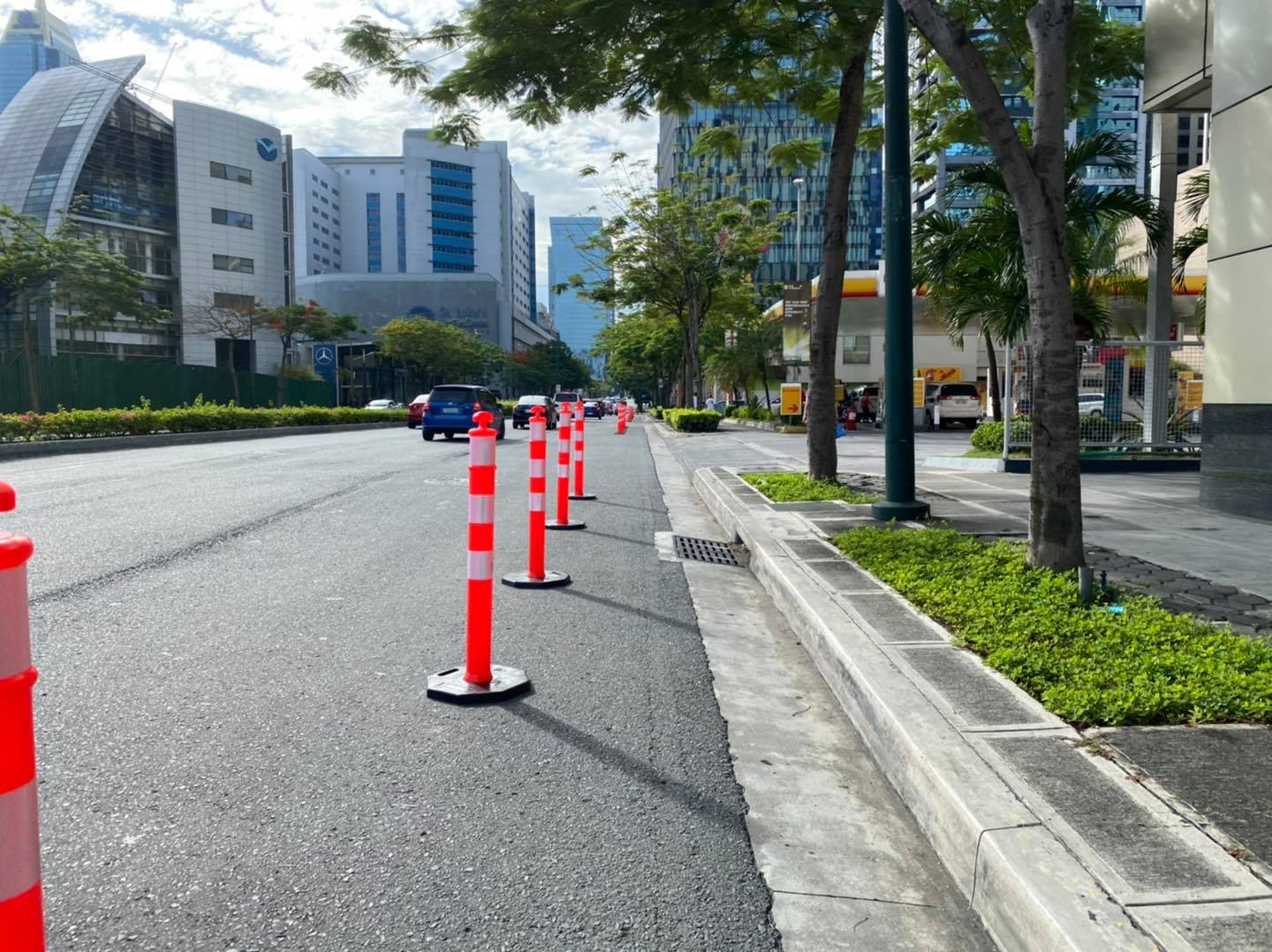
Leave a Comment